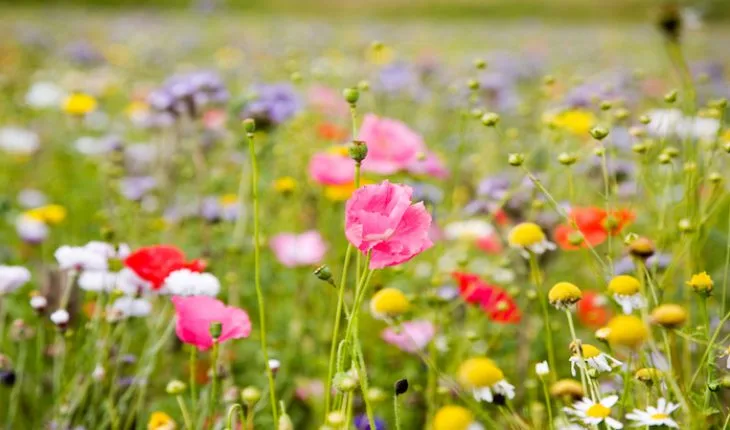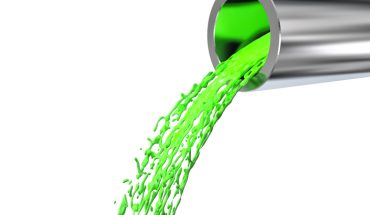The beautiful show gardens at the RHS Chelsea Flower Show are examples of garden designers’ art and horticultural skill, but gardens throughout the UK showcase a wide range of potent medicinal plants in nature.
Galantamine, which is used for the treatment of mild to moderate Alzheimer’s disease and various other memory impairments, is an alkaloid obtained from the bulbs and flowers of snowdrops, daffodils, and Amaryllidaceae. First extracted and identified by scientists in the Soviet Union in the 1950s, galantamine is an example of ethnobotany. Local people were using extracts from these flowers to treat nervous disorders and researchers decided to take a more scientific approach.
This was also how the potent chemicals extracted from foxgloves were found. First described in the medical literature in 1785, digitalis (as the extract is known) was used to treat heart conditions including arrhythmias and congestive heart failure. The beautiful purple flowers, which thrive in partial sunlight and deep shade, are no longer the source of digitalis produced today. Synthetic versions of the chemical are used instead which allows drug manufacturers to be far more precise about the dose and molecular make-up of the end product. Rainfall, temperature variations and even the acidity of the soil, can influence the amount of each of the chemicals in digitalis.
Breast cancer medications including docetaxel and paclitaxel which have saved thousands of lives were first extracted from the bark and needles of yew trees. These dark green trees are common sights in British gardens and ancient churchyards. Both drugs can now be made synthetically in the laboratory but the needles are still collected and used as part of the process of making these drugs.
Willow bark, which contains salicin, has been relieving pain for thousands of years. Acetylsalicylic acid was synthesised in the lab for the first time in 1853 by chemist Charles Frederic Gerhardt, and aspirin was produced for the first time in 1899 by Bayer.
Atropa belladonna, or deadly nightshade, produces a lovely purple flower but its foliage and berries are extremely toxic. However, in dilute quantities, atropine is used in eye drops to open up the pupils and allow easier examination inside the eyeball. In Victorian times, it was used by ladies who wanted to have huge dilated pupils to look more attractive. Atropine is also used as premed before surgical operations to dry up secretions in the airways. This is important because anaesthetics paralyse the cilia in the airways which mean the secretions could build up and cause obstructions.
If you like non-native plants in your garden, you can consider the cinchona tree, also known as the fever tree. It is a flowering plant native to the forests of western South America and may not thrive in our chilly climes. But if you do manage to grow a specimen, you can harvest its bark to make quinine, an antimalarial. Opium poppies can look pretty too and it is legal to grow them, but be warned – scoring heads or extracting the powerful sedative chemical is strictly not allowed and can result in a prison sentence and an unlimited fine.
- A healing garden - 25th May 2016







